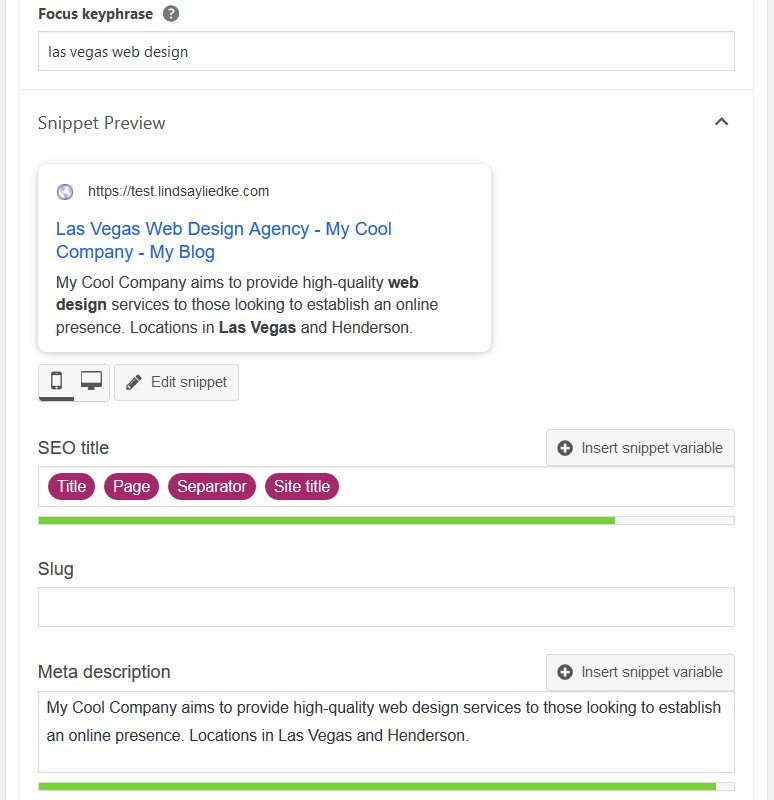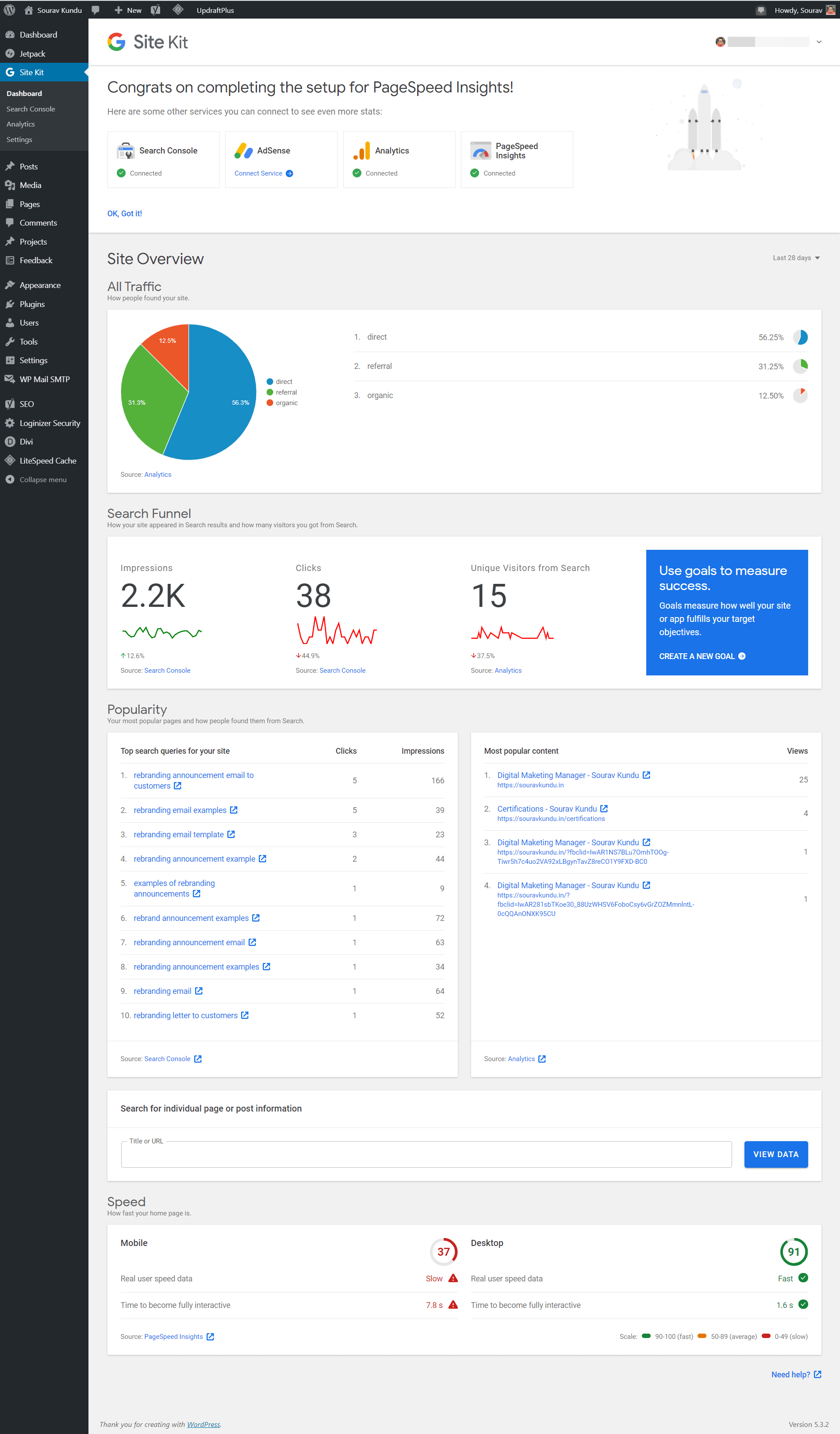Google is constantly refining its search algorithms in an effort to provide searchers with the best and fastest answers to their search queries. Although these changes can be frustrating for webmasters as they work to optimize their WordPress website for search, the updates generally help to improve the user experience.
Recently, Google made one such change that may affect you if you run a multilingual WordPress site. With this algorithm update, Google is changing how it handles multilingual and transliterated page titles. In essence, if your page title is written in a different language or script from the primary content on your page, Google will now change it in the search results.
What Google Says About The Update
In announcing this change, Google said:
“We introduced an algorithmic improvement that identifies documents where the title element is written in a different language or script from its content, and chooses a title that is similar to the language and script of the document. This is based on the general principle that a document’s title should be written by the language or script of its primary contents.”
They went on to provide two examples. The first deals with multilingual page titles such as:
गीतांजलि की जीवनी – Geetanjali Biography in Hindi
In this case, Google will first detect which language is predominantly used on the webpage, then shorten the page title to only include that language. For this example, if the webpage is written in Hindi, the search result is shortened to:
गीतांजलि की जीवनी
The second example deals with transliterated text such as:
jis desh me holi kheli jati hai
In this case, again, Google will detect what script is predominantly used on the webpage, and use that same script in the search results. In this example, if the website is written with Hindi characters the title shown in search results will be:
जिस देश में होली खेली जाती है
As a best practice, Google recommends choosing page titles that match the language and script of your webpage.
How This Might Affect Webmasters
Page titles, aka title tags, are incredibly important for SEO. When you write your page title you should be creating a short description that lets users (and Google) know what your web page is about.
The title shows up in a few different places. Firstly, it will be what labels that page in a browser tab. Second, it is often included in social media links when people share your content. And finally, the title tag is typically what people see as the headline/link in search results. For these reasons, you want your page title to be informative, relevant, and engaging so people will want to click on it.
However, as we see with this algorithm update, Google doesn’t necessarily use the title you’ve chosen for your page in the search results. In fact, if they don’t feel that the title tag you wrote provides a good user experience for the searcher, they may change it entirely.
This can be frustrating for webmasters because the message you thought you were communicating to your audience may be lost in favor of one Google chooses instead. You may also feel like you no longer have control over what keywords appear in the title.
This update does not, however, change the fact that you should include keywords in your title tag as part of your WordPress SEO. When it comes to multilingual websites, you just need to adapt your keywords to match the predominant language of the page.
Things To Consider For Multilingual Websites
Running a multilingual website can help you grow traffic and sales by reaching people from different regions and cultures. Even if you don’t speak multiple languages yourself, there are any number of WordPress plugins that will translate your site for you. While not perfect, these automated translations can produce surprisingly good results.
One thing to keep in mind when translating your site is that rather than having two languages side by side on the same page, Google recommends using separate pages for each language–one page in English, another in German, and another in Arabic, for example. This allows users to see your content only in their favored language and not have to navigate around the unfamiliar text.
While you could set up entirely different websites for each language (e.g. examplesite.com for English and examplesite.de for German), you don’t necessarily have to. You might choose instead to set up individual subdomains such as de.examplesite.com for your German content. This can help organize your content and make it easier to manage.
No matter how you choose to structure your multilingual website, though, Google has made clear that your title tags need to correspond with the primary language of each page.
How To Update Your Page Titles In WordPress
In the default WordPress setup, your title tag will automatically correspond with the title that you give your page or post. In this instance, the only way to update your title tag is to update the page or post name in your WordPress dashboard.
This doesn’t give you a whole lot of flexibility, though. The default settings don’t give you the option to, say, give your pages titles that are useful to you in the dashboard (e.g. Home, About Us, Regions) and entirely different titles for SEO.

To give yourself greater control over your title tags you’ll need to install a plugin like Yoast SEO. This handy tool will give you the option to navigate to any individual page or post and enter an SEO title that is different from the title you use in your WordPress dashboard. It even has useful tips and scores to help you write better title tags.

Tips For Writing Good Page Titles
It can be frustrating to have Google disregard the page titles you’ve chosen in favor of something else. But the way to avoid this is to write high quality page titles that correspond with SEO best practices.
Keep Your Titles Short
There is a fixed width in pixels that will show up in search. Page titles that are too long will either get cut off or be replaced by Google. There is no set character length for your titles, but most titles that are 50-60 characters long will fit.
Relevancy Is Key
Your titles should help searchers understand what they can expect once they land on your webpage.
Make sure they are both accurate and enticing in how they describe what the user can expect when they click on it. The more relevant your title is to the actual content of the page the better it will be for SEO and the more likely Google will use your chosen title.
Include Your Target Keyword At The Beginning
By putting a target keyword right at the beginning of the headline, you are immediately letting searchers (and Google) know what your page is about. Of course, don’t do this if it leads to bad grammar or awkward phrasing–readability comes first, but putting your keyword as close to the beginning as possible is a good practice.
Don’t Be Spammy
Trying to get people to click on your link by including inaccurate information, too many keywords, random capitalization, or unnecessary emojis can make your page look unprofessional and spammy. This will hurt your SEO rankings and increase the odds Google will choose something else for your page title.
Keep It Consistent
As mentioned earlier, your page title should use the same language and script as the primary text on the page.
Don’t Be Afraid To Experiment With Your Page Titles
If you’re worried that this Google update will negatively impact your website, then it’d be a good idea to look at your site statistics and try out different titles to see what works best.

An easy way to see how your website is doing is by downloading Google’s official Site Kit plugin for WordPress. This will give you access to tools like Google Analytics and Search Console right in your WordPress dashboard. Once you have access to this data, you can begin to test different page titles and see how they do. Just remember that your changes will take some time to show results, so don’t make too many changes all at once or in quick succession.

For example, if you had been using transliterated titles, but the primary script on your page is Japanese, you can try out several different kanji titles and see which one gets the most clicks.
This might be difficult, however, if you are using a translation plugin and do not speak the language in which the page is written. In this case you will need to employ the services of a translation professional. Some translation plugins include this as an add-on service. You can find your own language services provider to help you out.
Google’s recent algorithm update for multilingual page titles improves the user experience for searchers by matching the search results to the language used on the page. However, if you don’t want Google choosing your page titles for you, use an SEO plugin to update your page titles. And don’t be afraid to try out different ones to see what works best.

